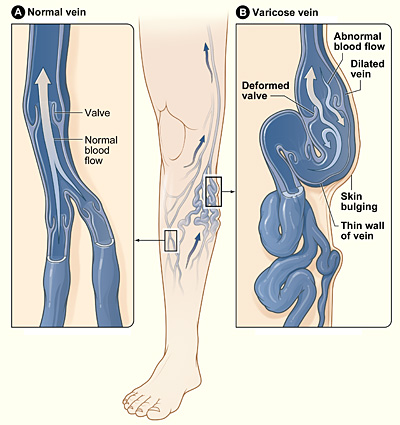It’s that time again where it seems that everyone is sick and there are germs everywhere. Many people have adapted preventative cold regimens for the winter such as getting a flu shot, increasing their vitamin C intake and drinking warm beverages. I believe that everyone needs to think back to the basics and wash their hands more frequently and thoroughly in order to prevent getting sick.
Recently, Daily Mail performed an experiment which used a UV camera to detect germs and estimate which method of washing your hands is the most effective. A lotion was applied to the hands after washing them so the germs appear fluorescent white under the UV camera. Researchers found that washing your hands with soap for 15 – 30 seconds got rid of the majority of germs as opposed to a six second hand wash which minimally reduced the germs present. Additionally, they found that washing your hands for more than 30 seconds was not necessary to eliminate even more germs and resulted in unnecessary exhaustion.
Often times people think that if they wash their hands with hot water, it will kill the germs. This is not true since germs require temperatures above 100°C, the boiling point of water, to have this effect. In fact, the Center for Disease Control and Prevention states that washing your hands with water that is too hot can cause skin inflammation and is a waste of energy. Check out this video to learn more about the differences of washing your hands in hot and cold water.

By: Nick Uhas
Since hot water doesn’t help you get rid of germs, you must rely on friction. First, rub your hands together vigorously so the soap is able to trap germs on your hands. Then, when you use running water, the germs trapped in the soap suspension can be washed away. When drying your hands, make sure to do so with a towel or hand dryer so once again, the friction can remove even more germs.
I think that prevention is the best way to approach illnesses and disease. Whether it takes reciting happy birthday twice or the use of nice smelling antibacterial soap, make sure you wash your hands because I believe it is the most effective and simple way to prevent getting sick this winter.
-Rosalyn Desa































